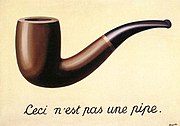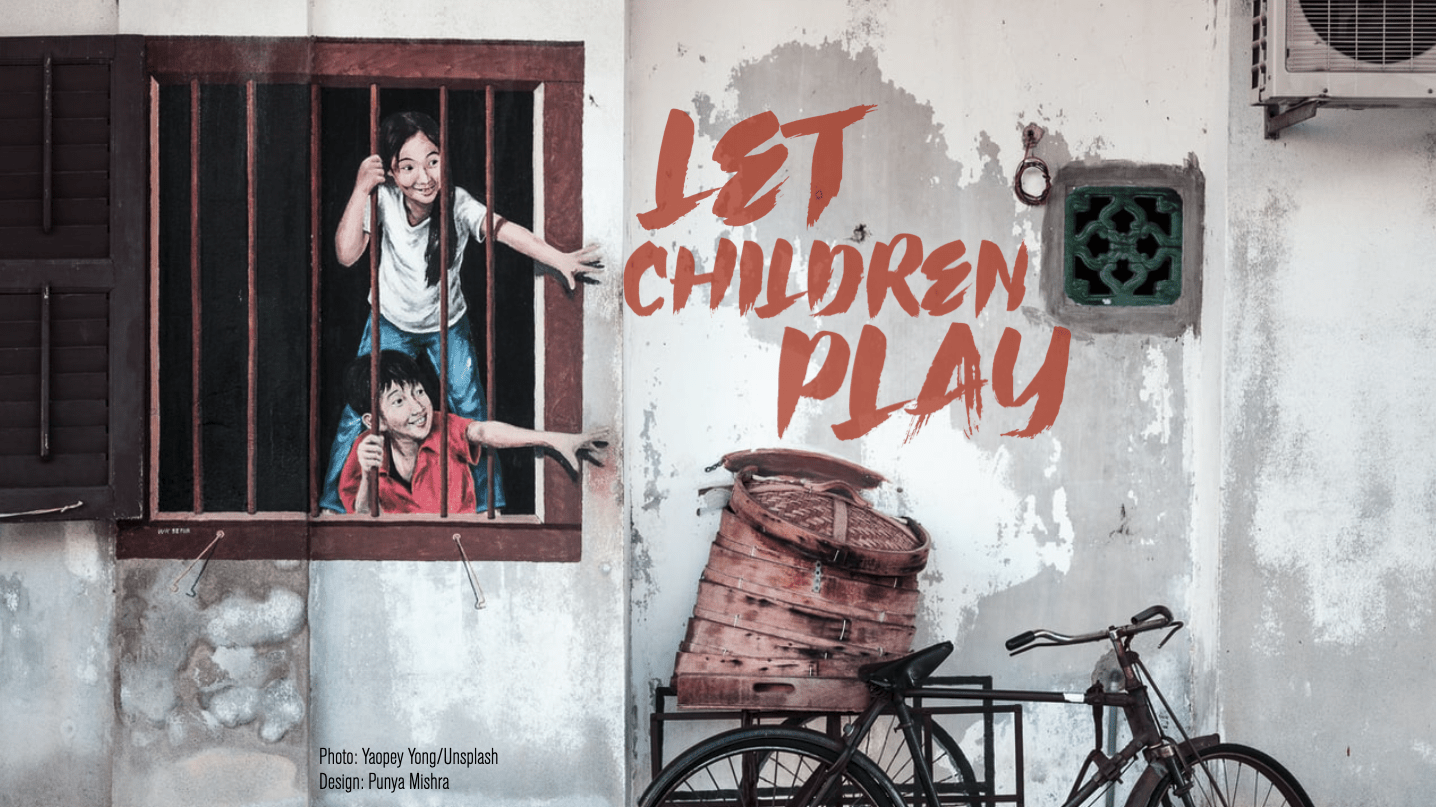What does it mean to represent something? Sean Nash (of Nashworld) and I have been having some fun at the expense of periodic representations (my post and his response) and even children’s books. I had been wanting to write about this for the past few days but travel, work and illness came in the way. However, I stumbled upon a way of thinking about DNA that prompted (actually forced) me to write this post.
One of the biggest myths of representation is that representations are direct one-on-one mapping of the real world. Nothing could be further from the truth. It is important to understand that all representations are wrong – wrong because they, by necessity, have to distort in order to communicate. A map that had all the details of the real world would not be a map – it would be the world! We need a map to get rid of extraneous details, so that we can focus on the important details. As to what is important depends on the purpose for which the representation is being created. Thus underlying every visualization is a theory, a way of looking at the world.
Another way of saying this is in Alfred Korzybski’s statement that “The map is not the territory.” The wikipedia page devoted to this describes this as follows:
The map is not the territory is a remark by Polish-American scientist and philosopher Alfred Korzybski, encapsulating his view that an abstraction derived from something, or a reaction to it, is not the thing itself, e.g., the pain from a stone falling on your foot is not the stone; one’s opinion of a politician, favorable or unfavorable, is not that person; a metaphorical representation of a concept is not the concept itself; and so on. A specific abstraction or reaction does not capture all facets of its source … and thus may limit an individual’s understanding and cognitive abilities unless the two are distinguished. Korzybski held that many people do confuse maps with territories, in this sense. [Emphasis mine.]
The best example of this is Magritte’s famous painting (shown below) where a painting of a pipe should not be confused with the real object:

There are a couple of important conclusions that emerge from this. First, a representation is by its very nature limited, constrained, and incorrect. Second, a representation is always for a certain purpose and this purpose emphasizes certain aspects of the phenomena being represented, even while it under-emphasizes or ignores others. Third, understanding a representation requires understanding this purpose. Often this means recognizing and understanding the perspective, the point of view, the theory, or framework that led to the creation of the representation.
So what does have all this to do with representing DNA? Well, I have been thinking about issues related to representation for a while now (see this for a good example of how goofy and serious this thinking can get) and was reminded of it when I stumbled upon an article that specifically looks at DNA as computer code: DNA as seen through the eyes of a coder.
That DNA is information is not a new idea. However, it is when we take it to its limit, to see DNA through the eyes of a computer programmer or coder is to truly see it in a new light. In this piece Bert Hubert takes the idea of DNA as code (as a computer program) to its extreme. Consider for instance this statement:
DNA is not like C source but more like byte-compiled code for a virtual machine called ‘the nucleus’.
He continues in this vein, attempting to mine this metaphor to its limit. For instance, see his explanation of “stem cells” or “junk dna.” I found these explanations extremely powerful ways of thinking about DNA.
Of course the usual caveats apply (the map is not the territory, all representations are limited, blah blah blah…). However the power of a new representation as helping us “see” patterns and connections that didn’t make sense before is palpable.
Pretty cool stuff.



0 Comments